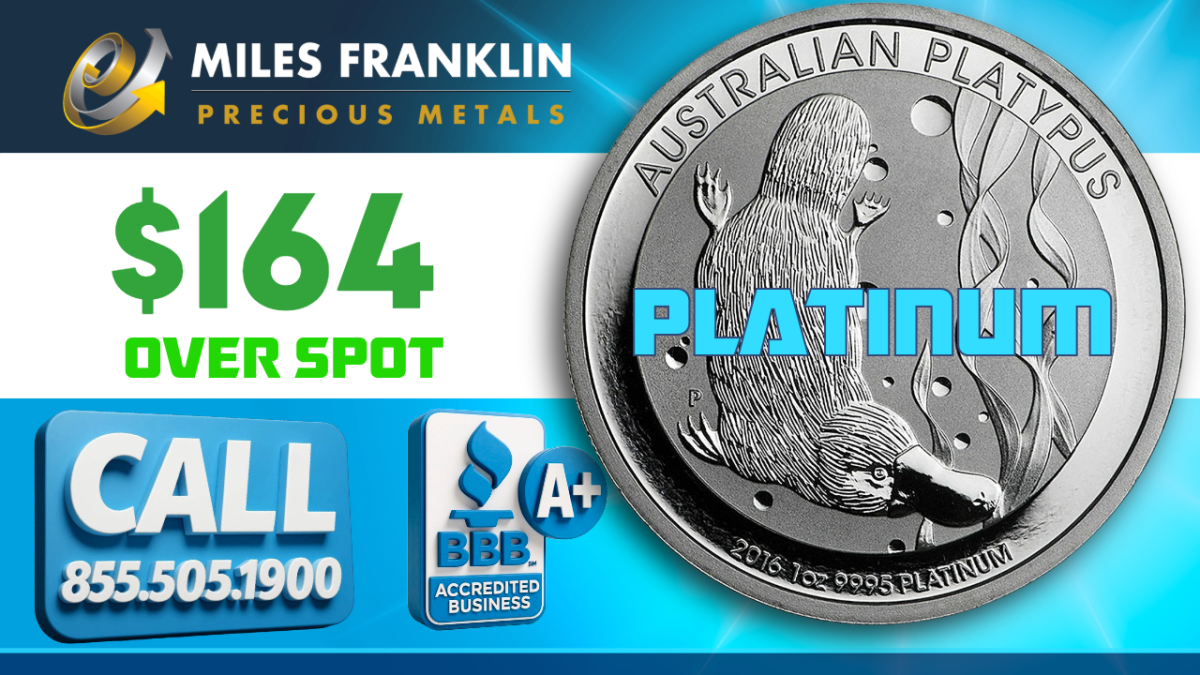VANCOUVER , Jan. 7, 2019 /CNW/ – Mirasol Resources Ltd. (TSX-V: MRZ, OTCPK: MRZLF) (the “Company” or “Mirasol”) is pleased to provide an exploration update for the Company’s Gorbea property package in Chile , that is subject to a recently announced non-binding Heads of Agreement for an Option to Farm-in with Newcrest International Pty Limited, a wholly owned subsidiary of Newcrest Mining Limited (ASX: NCM; “NCM” – see news release December 10, 2018 ). Gorbea comprises a claims package totaling 26,684 ha (266.84 sq. km) including the Atlas and Titan Au+Ag+Cu projects, within the highly prospective Mio-Pliocene mineral belt of northern Chile (Figure 1).
- Subject to completion of ongoing due diligence, NCM has committed US$4 million in exploration expenditures, including a minimum of 3,000 m of drilling over the first 18 months of the Option Period.
- Mirasol and NCM are advancing the drill permitting process and upgrading the exploration camp ahead of a planned Q1 2019 restart of exploration program that will initially focus on Atlas, including detailed remapping mapping, alteration vectoring studies and 60 line-km of CSAMT geophysics, and diamond core drilling.
- At Atlas, significant progress in geological understanding has been derived from Mirasol’s initial interpretation US$8 million of exploration data generated under a recently terminated Joint Venture on the Gorbea package (see news release April 13, 2018 ).
- Outcomes include recognition of a large breccias complex at Atlas that is host to the better gold mineralization, a development of a new alteration vectoring model suggesting that a number of previous drill holes with anomalous Au+Ag assays may have been terminated early above the potentially better mineralized zone and recognition of new target areas where gold mineralization may occur closer to surface.
The scale of the Atlas Au+Ag system, combined with the relatively modest amount of exploration drilling to date ( 10,499 m in 26 holes) and the range of priority targets identified, highlights the project as a large, under-explored HSE system, requiring further drill testing for potential large tonnage bulk minable Au+Ag mineralization.
Atlas Prospect Update
Atlas is centered on the Dos Hermanas andesite to dacite composition, lava, pyroclastic and dome field that hosts the large-area, argillic to advanced argillic alteration and Au+Ag system which characterizes the prospect. A combination of assays from detailed stream sediment, soil and rock chip sampling outline a precious metal “footprint” for the Atlas system of approximately 14 sq. km.
A 53 sq. km conventional PDP electrical geophysical survey over the central part of the Atlas project outlined large resistivity anomalies along the NE oriented Cerro Chaco fault zone and a 4.5 km diameter resistivity feature, interpreted to delimit a large zone of stronger alteration and silicification (Figure 2). The circular resistivity feature contains the more significant bodies of breccia identified to date, that host the better intersections of Au+Ag mineralization encountered in drilling at Atlas. Only a small part of the circular resistivity feature has been drill tested at this time.
Recent radiometric age-dating of alunite alteration associated with Au+Ag mineralization at Atlas has returned a determination of 20.6 ma ±0.6 ma1. Previous reported age-dating of alunite from Mirasol’s adjacent Titan Au (Cu) project, returned an age date of 17.08 ma ±0.8 ma2. These ages correlate with Lower to Middle Miocene mineralization events recognized in the Maricunga Au+Ag+Cu Belt, located 150 km to the south, which has produced significant metallic deposits, including Pan Pacific Copper’s Caserones mine (4.6 Mt Cu3) and Kinross Gold Corporation’s La Coipa High Sulfidation Epithermal (HSE) Au+Ag district (5.5 Moz Au and 295 Moz Ag4; Figure 1).
Exploration at Atlas has shown Au+Ag mineralization is hosted by:
|
1) |
Vuggy silica – alunite structures, such as the 900 m long Atlas Gold Zone (AGZ) where limited shallow drilling on the NW end of the structure returned an anomalous intersection of 24 m at 0.18 g/t Au and 13.1 g/t Ag (Table 1). The un-drilled areas of higher-grade rock chip sampling at the center and SE end of the AGZ trend returned assays of up to 8.86 g/t Au and 44.7 g/t Ag and 16.75 g/t Au and 43.9 g/t Ag, representing a target area for future drilling. |
|
2) |
Multiphase phreatomagmatic and hydrothermal breccia bodies, that are seen at various prospects across the Atlas project. Where mineralized, these breccias are altered to quartz-alunite ± jarosite ± dark hematite assemblage with vuggy silica textures. The Steam Heated Zone (SHZ) breccia body hosts the best drill intersections to-date, which reported 114.1 m at 1.07 g/t Au and 1.8 g/t Ag, including 36 m at 2.49 g/t Au and 3.1 g/t (Table 1). Brecciation is a key feature in many large HSE precious metal deposits, where the breccia bodies act as both a conduit for mineralizing fluids and a host rock for economic concentrations of mineralization. The presence of widespread strongly altered brecciation is considered one of the positive features of the Atlas project. |
The SHZ Au+Ag mineralized breccia body has not been fully delineated by drilling. As currently defined by 0.1 Au g/t cutoff, the body has dimensions of 950 by 500 m , up to 120 m thick and is open to depth and laterally in all directions. The SHZ mineralization is located beneath a +230 m “barren” alteration cap. The presence of a barren alteration cap at Atlas is a characteristic in common with other recent HSE Au+Ag discoveries in the Mio-Pliocene belt, including the Salares Norte deposit (3.7 Moz Au and 49.5 Moz Ag 5) located 65 km to the south of Atlas, undergoing a feasibility study by Gold Fields Ltd6.
Relogging of Atlas core holes by Mirasol along a NW-SE oriented cross section through the SHZ body (Figure 3 and Figure 4) has led to the following understanding of the prospect:
|
1) |
The SHZ mineralization may be located at progressively shallower depths to the NW, toward a 700 m long gap in drilling, located between the SHZ breccia zone and the AGZ. Drilling to test for shallower potential high-grade mineralization in this “gap” is a priority; |
|
2) |
The development of a more detailed alteration / mineralization model for the SHZ breccia mineralization. The model suggests that the better mineralized zone has a low-grade outer “jarosite alunite cap” that is recognized as either a jarosite-alunite matrix vuggy breccia or a cream-coloured, jarosite-bearing silica veinlets or breccia matrix. Au+Ag grade improves beneath the low grade “jarosite- alunite cap” and at depth into the mineralized body. |
|
3) |
Mineralization is deeply oxidized beyond the base of drilling to +370 m below surface. Au+Ag is associated with a multiphase breccia with vuggy quartz textures and coarse alunite ± jarosite and dark hematite interpreted to be after original sulfide. |
The recognition of a low-grade jarosite-alunite cap, immediately overlying the SHZ mineralization may be used to vector to zones of potentially better Au+Ag grade at the SHZ. This highlights that a number of drill holes in the SHZ and other breccia bodies (holes CLATDH0016, 21, 23 and 25) at Atlas appear to have been prematurely terminated in the low-grade cap, potentially not intercepting nor testing the underlying potentially better-grade mineralization. The presence of deep oxidation associated with hematite replacement of original sulfide mineralization has also been noted at the giant Veladero HSE gold mine (17.3 Moz Au and 195.5 Moz Ag 7) operated by Barrick Gold in the Mio-Pliocene belt of Argentina , where deep oxidization of the mineralization is attributed to a combination of late-stage heated ground water collapsing into the system at the later stages of the mineralizing system, as well as post mineral supergene processes. Oxidation of the mineralization can be an indication of positive metallurgical characteristics for gold recovery in HSE precious metal deposits.
Stephen Nano , President and CEO of Mirasol, has approved the technical content of this news release. Mr Nano is a Charter Professional geologist and Fellow of the Australasian Institute of Mining and Metallurgy (CP and FAusIMM) and is a Qualified Person under NI 43 -101.
Under the terms of the pervious Gorbea Joint Venture (terminated in April 2018 ), all exploration was managed by the then joint venture partner. Pre-joint venture exploration on the projects was managed by Stephen C. Nano , who is the Qualified Person under NI 43-101. Exploration data generated from the previous Gorbea Joint Venture program was reviewed and validated by Mirasol prior to release. The technical interpretations presented here are those of Mirasol Resources Ltd.
Mirasol applies industry standard exploration sampling methodologies and techniques. All geochemical rock and drill samples are collected under the supervision of the company’s geologists in accordance with industry practice. Geochemical assays are obtained and reported under a quality assurance and quality control (QA/QC) program. Samples are dispatched to an ISO 9001:2008 accredited laboratory in Chile for analysis. Assay results from surface rock, channel, trench, and drill core samples may be higher, lower or similar to results obtained from surface samples due to surficial oxidation and enrichment processes or due to natural geological grade variations in the primary mineralization.
Forward Looking Statements: The information in this news release contains forward looking statements that are subject to a number of known and unknown risks, uncertainties and other factors that may cause actual results to differ materially from those anticipated in our forward-looking statements. Factors that could cause such differences include: changes in world commodity markets, equity markets, costs and supply of materials relevant to the mining industry, change in government and changes to regulations affecting the mining industry. Forward-looking statements in this release include statements regarding future exploration programs, operation plans, geological interpretations, mineral tenure issues and mineral recovery processes. Although we believe the expectations reflected in our forward-looking statements are reasonable, results may vary, and we cannot guarantee future results, levels of activity, performance or achievements. Mirasol disclaims any obligations to update or revise any forward-looking statements whether as a result of new information, future events or otherwise, except as may be required by applicable law.
Neither the TSX Venture Exchange nor its Regulation Services Provider (as that term is defined in the policies of the TSX Venture Exchange) accepts responsibility for the adequacy or accuracy of this news release.
|
1 |
Ar/Ar radiometric age date determination commissioned by Yamana Gold, performed at Sernageomin Geochronology Laboratories in Santiago, Chile. |
|
2 |
Ar/Ar radiometric age date determination commissioned by Mirasol Resources, performed at Australian National University Argon Facility in Canberra, Australia |
|
3 |
S&P Global Market Intelligence |
|
4 |
S&P Global Market Intelligence |
|
5 |
Gold Fields Mineral Resource and Mineral Reserve Supplement to the Integrated Annual Report,2017. |
|
6 |
Gold Fields. (2017). Integrated Annual Report 2017. |
|
7 |
S&P Global Market Intelligence |
|
Additional Explanatory Notes: |
|
|
* |
AuEq60 is the sum of the value of gold and silver in a given interval represented as a gold equivalent g/t value calculated via the formula: Au assay in g/t + (silver assay in g/t ÷ 60) |
SOURCE Mirasol Resources Ltd.

View original content: http://www.newswire.ca/en/releases/archive/January2019/07/c2605.html






